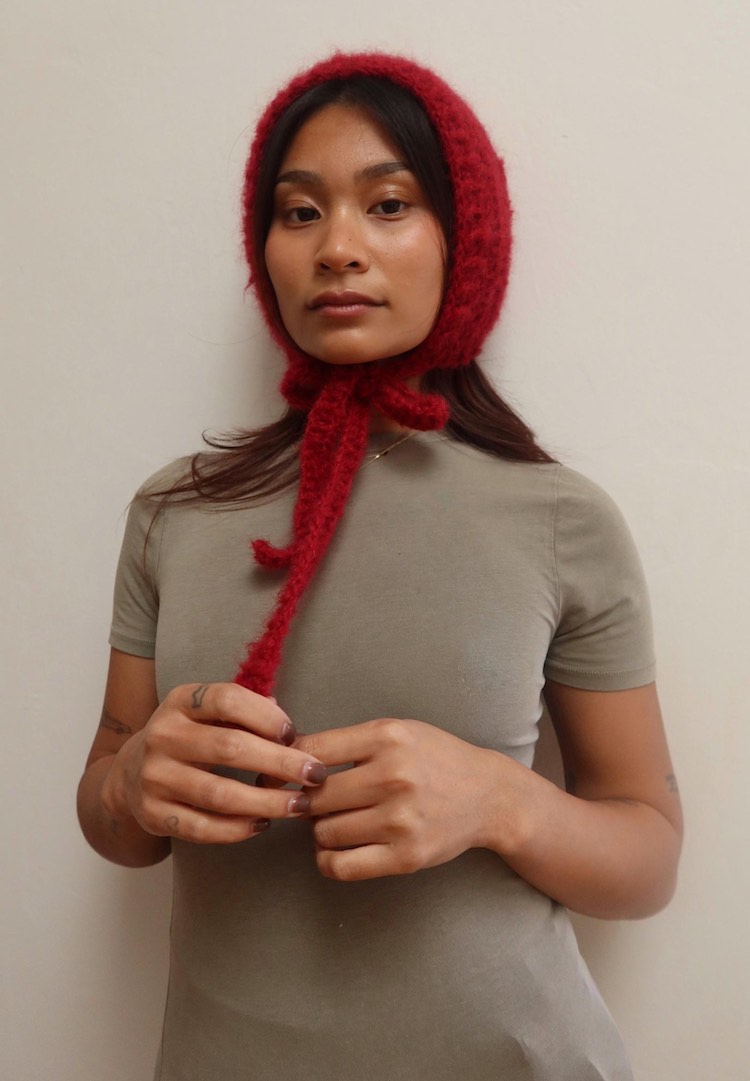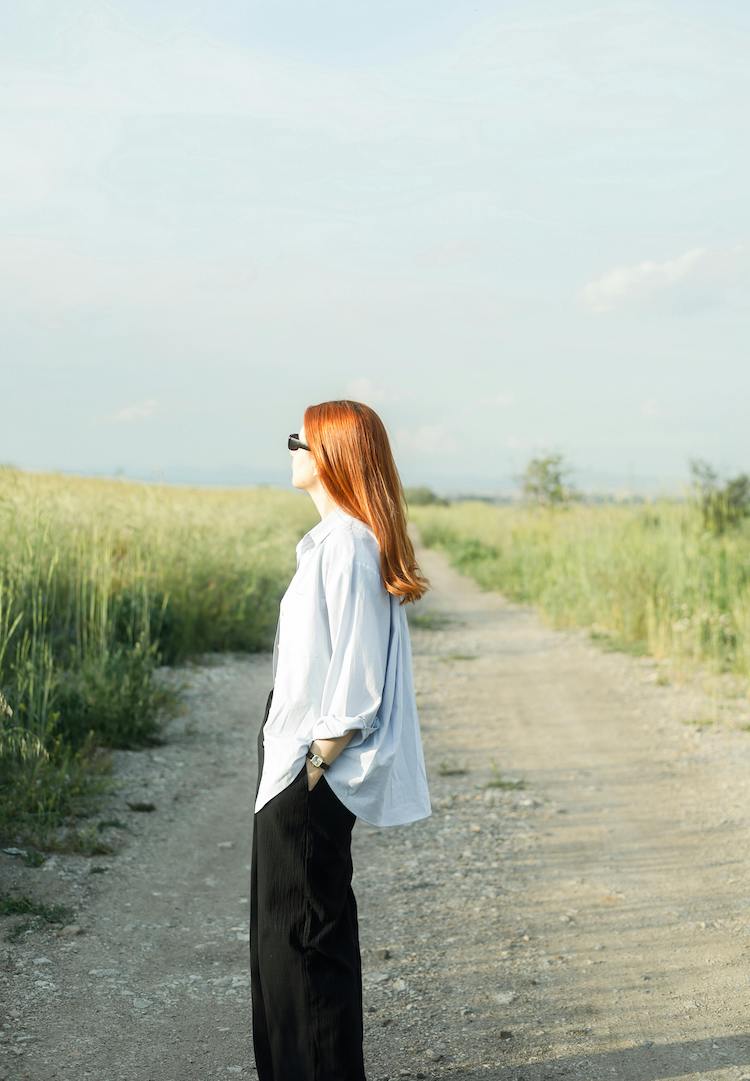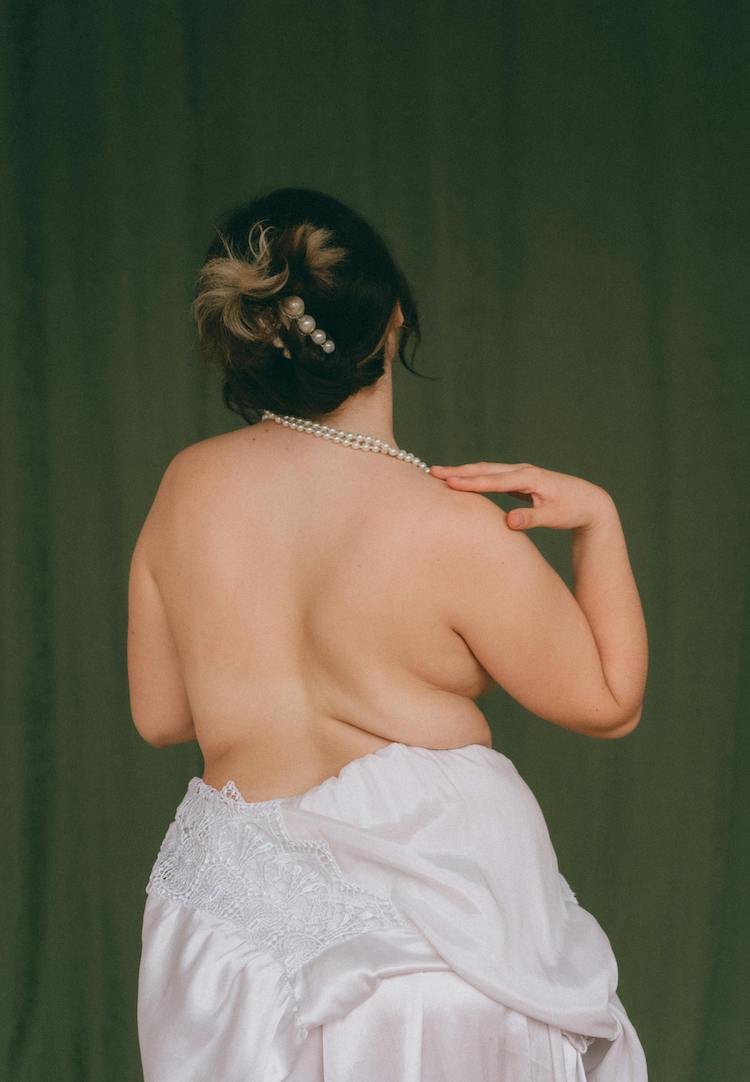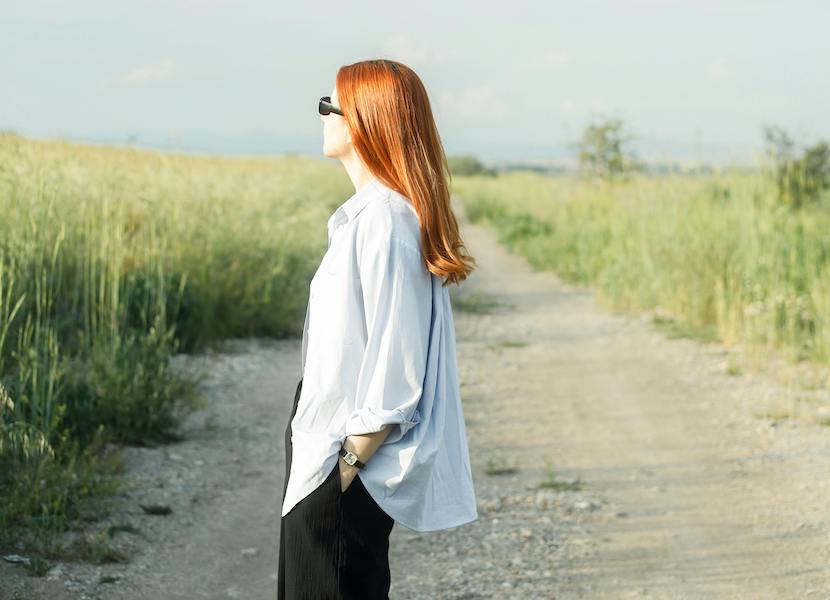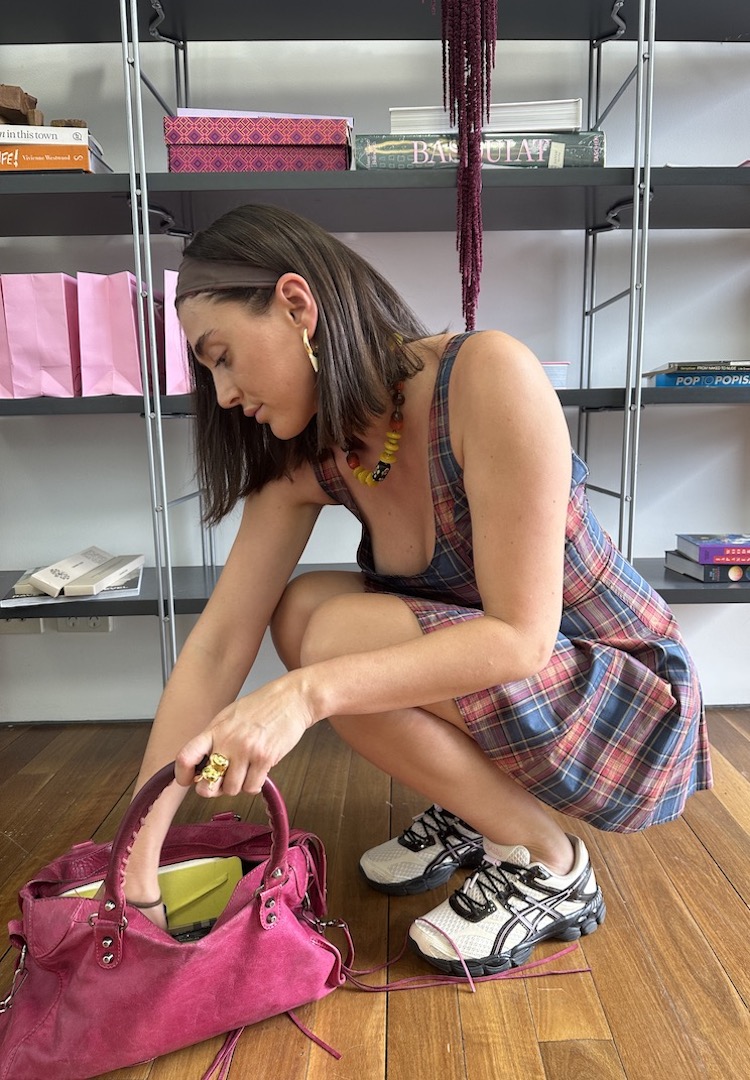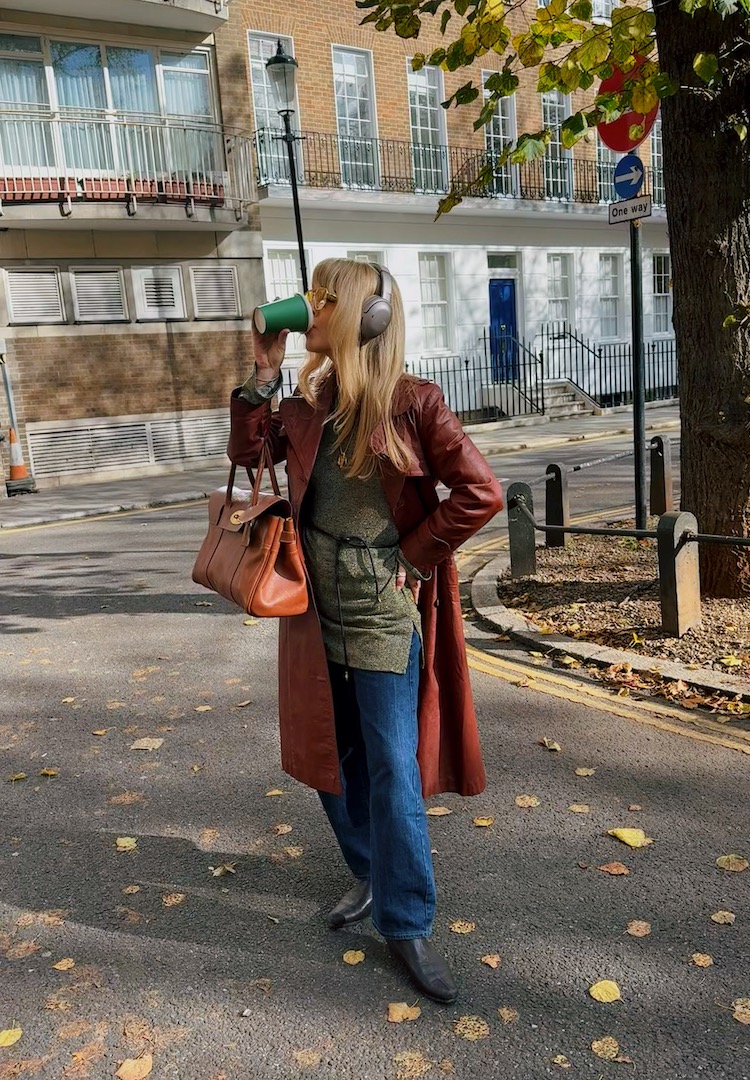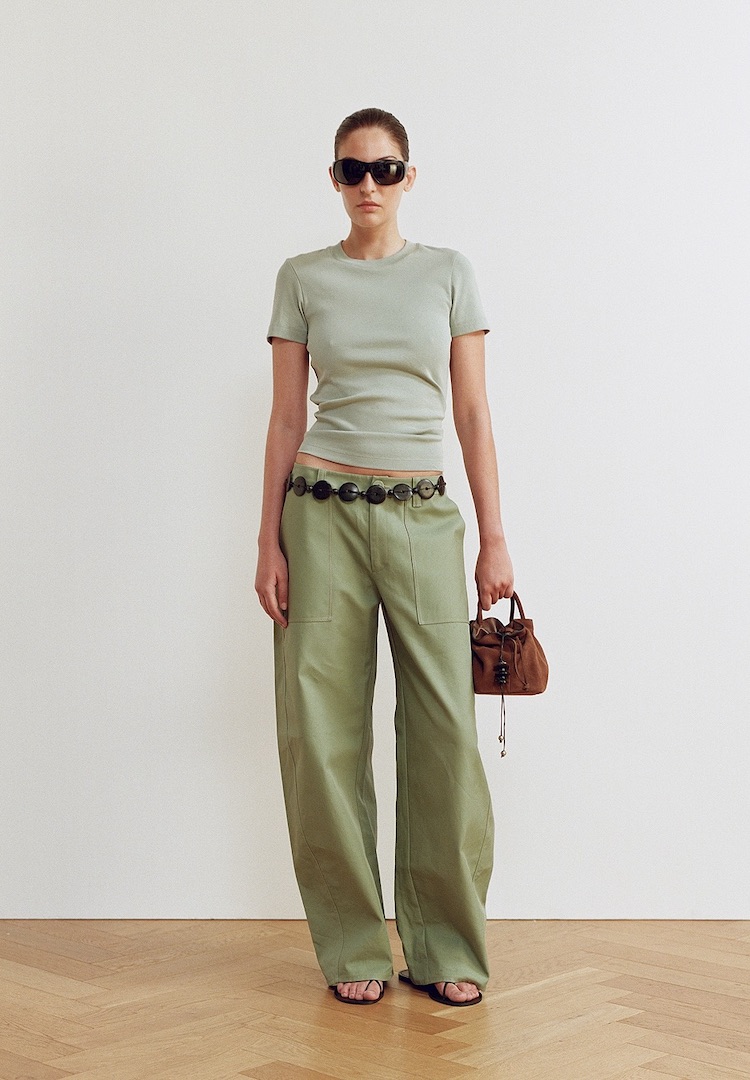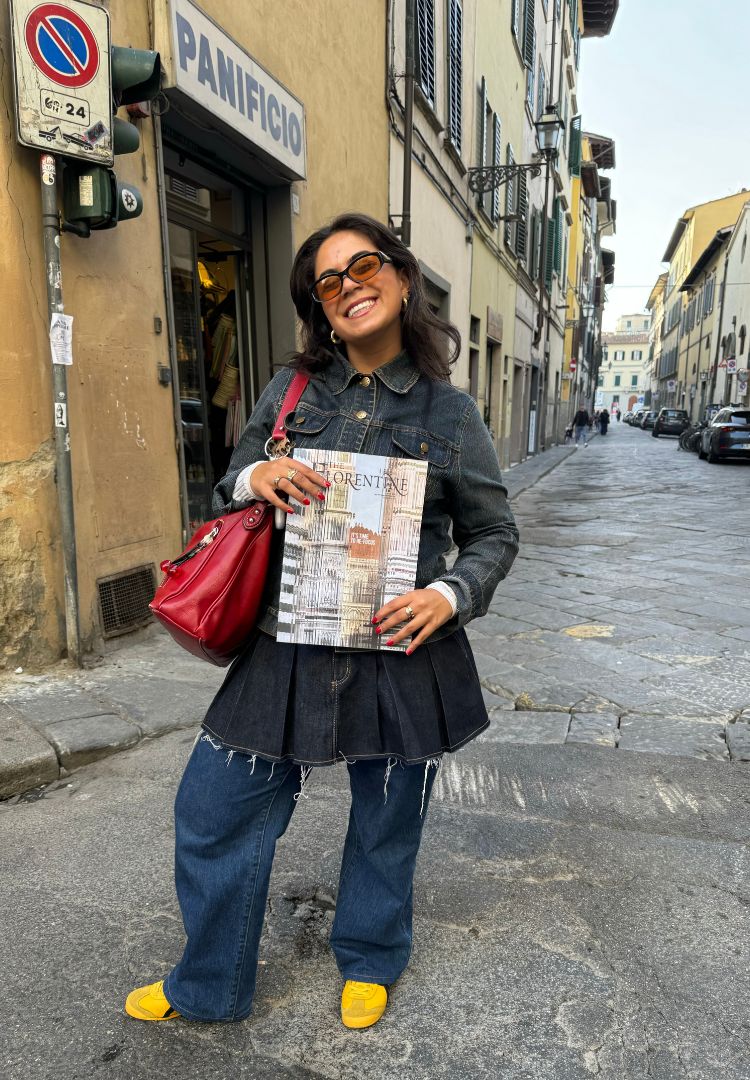Colourless, elitist and unrealistic: The problem with minimalist capsule wardrobes
words by Caroline Zielinski
“The capsule wardrobe, a term that evokes order and thoughtful luxury, seems to have been created by and for a particular type of woman: a wealthy, thin one.”
Like so many women out there, I have attempted over the years to inject some minimalism into my style. It does not come naturally to me; I am a colour obsessive and it’s a rare moment indeed when I can resist the lure of peacock velvet pants, a turquoise silk shirt (both of which I have in various styles) or glittery mesh tops in pinks, warm yellows, creams and reds.
But occasionally, the notion of the capsule wardrobe comes raging back. Fashion is cyclical and everything – no matter how naff at the time – comes back around, and right now we’re again captivated by the perfect minimalist wardrobe. After last year’s badly needed maximalist dopamine injection, the world is ready to welcome back some order and in fashion, this usually means a capsule wardrobe, preferably in neutral tones.
Looking for more ways to procrastinate? We’re with you. Come on over to our Fashion section.
But a few things are different this time. The capsule wardrobe – which, according to Molly MacGilbert’s piece for Bust, came into fashion vernacular in 1938 via a Vogue article titled ‘Summer Slip Covers’ – has for decades implied a certain form of good taste.
But as a few fashion writers have recently pointed out, the capsule collection, the result of streamlining an existing wardrobe to the bare necessities that will suit all occasions and locations, is predicated on a certain cultural idea of elegance and femininity that, for most of us, is unachievable.
Bodies change
A recent newsletter by writer Virginia Sole-Smith got me thinking: who is the capsule wardrobe intended for? “A common unifying belief of capsule wardrobe disciples is that you should own less. Buy fewer, but higher quality clothes so you can wear them longer,” Sole-Smith writes. “This both ignores the question of ‘fashion’ and the very clear reality of bodies: they change. Our weight goes up and down. Our proportions shift with age, and body-altering experiences like pregnancy.”
As a former adherent of buying expensive ‘staples’ like a black blazer, black and beige trousers, white shirts and that perfect pair of indigo jeans, I’m now, after having a baby, left with a wardrobe full of expensive and just-not-right items that I’m having significant trouble parting with.
And while I’ve managed to save a few items through alterations, many of these pieces just won’t look the same and have sadly been relegated to the back of my closet or sold through consignment stores.
But capsule wardrobe disciples don’t really address this reality. The doctrine of the minimalist assumes you will stay the same for years to come and that clothing, provided it’s of high enough quality, will just last forever.
What it also discounts is that our preferences change. Sky-high black patent leather Jimmy Choos may go with everything, but at a certain point in life you may not really have anywhere to wear them, or the pain tolerance to endure the agony. Again, this leaves you with expensive shoes gathering dust in your closet and the hope that one day, you’ll be able to withstand the 10-inch heels.
Melbourne stylist and owner of Style by Sally, Sally Mackinnon, says while it’s possible to get a high-quality capsule wardrobe for most bodies and ages, strictly adhering to only a few items in neutral tones is just not realistic for the everyday person.
“A capsule wardrobe really only works for someone who is happy to have a minimalist, same day-in-day-out look, seven days a week,” she says. “It’s someone who is totally uninterested in fashion, trends and shopping, and whose life is so busy that the thought of updating their wardrobe seasonally just adds more unnecessary work.”
For the average person, and her average customer, a wardrobe composed of less than 30 items that all perfectly pair together is just not practical. “Each week, half of my clients mention the capsule wardrobe, so I’m always discussing it,” Sally says. “The thing is, a true capsule wardrobe is very limiting and if you’re someone who wants to inject any sort of colour or print into your style, it just won’t work.”
It’s associated with wealth
The capsule wardrobe, a term that evokes order and thoughtful luxury, seems to have been created by and for a particular type of woman: a wealthy, thin one, the ‘it’ girl or model whose insouciance so many of us try to copy, and whose ‘personal style’ (most likely put together by a stylist) usually involves a capsule wardrobe staple.
This is perfectly illustrated by the latest fad of ‘quiet luxury’ (also known as coded luxury and stealth wealth), spearheaded by Gwyneth Paltrow’s recent monotone, luxurious court wardrobe featuring sumptuous cream cardigans and dove grey double-breasted blazers; the clothes worn by the wealthy and dysfunctional family in HBO’s show Succession; and rising awareness of the environmental impact of fast fashion.
Ever on trend, Leandra Medine Cohen, the founder of the now defunct online publication Man Repeller and founder of fashion newsletter The Cereal Aisle, writes that quiet luxury’s most defining attributes are its references to “quality of material, the palette of neutral colours and the overall emphasis on basic silhouettes, reflecting a low key approach to getting dressed”.
This so-called low-key carelessness reeks of ‘old money’ – think of the British royal family’s worn-out, designer hunting and horse riding wear, or very expensive basics like those sold by The Row and worn nonchalantly by the likes of the Olsen twins. And now it’s back and repackaged but still, essentially, the same thing.
There’s a cultural bias against colour
While many designers play with colour (Pucci and Miu Miu trade almost exclusively in vibrant hues and patterns) it’s rare that a person dressed head-to-toe in clashing colours will be referred to as elegant (just Google ‘classy aesthetic’ and see what comes up).
Western culture’s relationship with colour is complicated. The rise of neutrals – think the blonde wood and white walls popularised by Airbnb and the ‘millennial aesthetic’ of clean surfaces, muted tones and rounded, gentle designs – has been documented by various data points, with some claiming that “colour is disappearing from the world” as we increasingly gravitate towards the ‘safety’ of white, beige, black and greys.
In her piece for The Juggernaut, culture editor Ishani Nath traces the West’s relationship with colour to British colonialism, which cultivated oppositions and implicit meanings through terms like strong and weak, pure and impure, civilised and savage and white and coloured.
Similarly, German poet and literary figure Goethe wrote, nearly 200 years ago, that “… savage nations, uneducated people, and children have a great predilection for vivid colours… people of refinement avoid vivid colours in their dress”, while in 1848 Charles Blanc, the then-French Minister of Culture stated that “… colour is the peculiar characteristic of the lower forms of nature”.
Historically, colour in the West has signified the primitive, the feminine, the infantile and the superficial. And while there are examples where colour (such as purple, once considered the colour of royals) was admired and sought out, its absence, combined with our current obsession with the minimalist aesthetic, continues to suggest a certain classism that many of us don’t quite want to face.
Capsule wardrobes, as Sally says, are really only realistic (and useful) when you’re travelling. But as with all trends, it pays to stop for a second and consider why we continue to fetishise aesthetics like that of the French and Scandinavians, and why, whenever more elaborate and colourful designs come in, we tend to relegate them to the special basket rather than an everyday basic.
For a deep dive into ‘quiet luxury’, head here.

